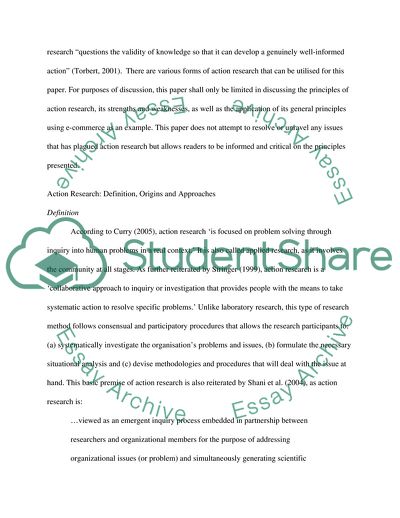Cite this document
(Action Research - Social Impact of E-Commerce Coursework, n.d.)
Action Research - Social Impact of E-Commerce Coursework. https://studentshare.org/e-commerce/1706058-action-research-social-impact-of-e-commerce
Action Research - Social Impact of E-Commerce Coursework. https://studentshare.org/e-commerce/1706058-action-research-social-impact-of-e-commerce
(Action Research - Social Impact of E-Commerce Coursework)
Action Research - Social Impact of E-Commerce Coursework. https://studentshare.org/e-commerce/1706058-action-research-social-impact-of-e-commerce.
Action Research - Social Impact of E-Commerce Coursework. https://studentshare.org/e-commerce/1706058-action-research-social-impact-of-e-commerce.
“Action Research - Social Impact of E-Commerce Coursework”. https://studentshare.org/e-commerce/1706058-action-research-social-impact-of-e-commerce.


